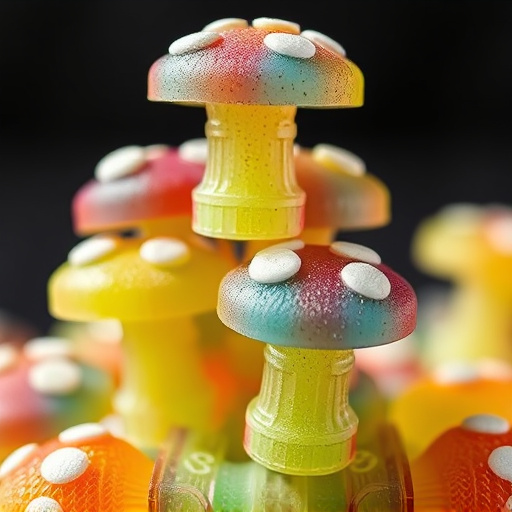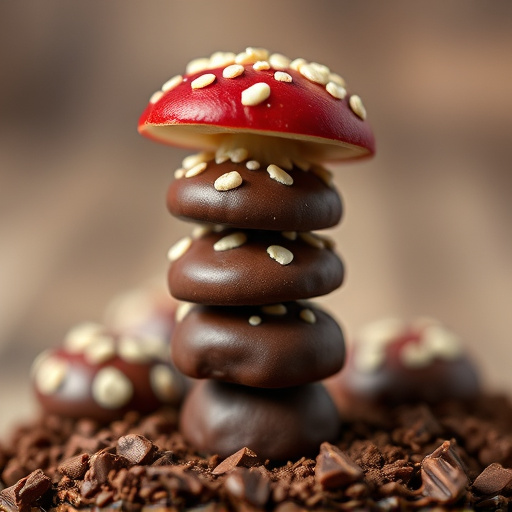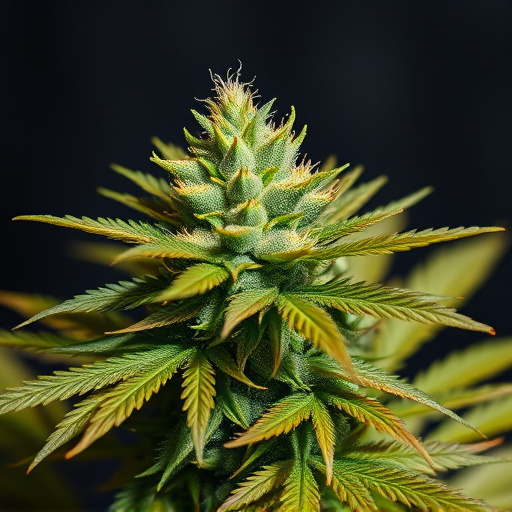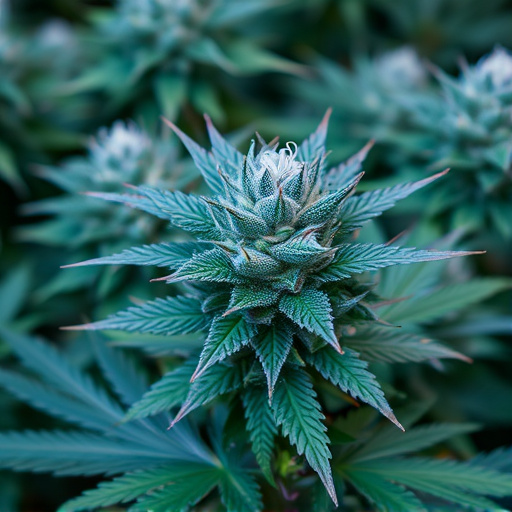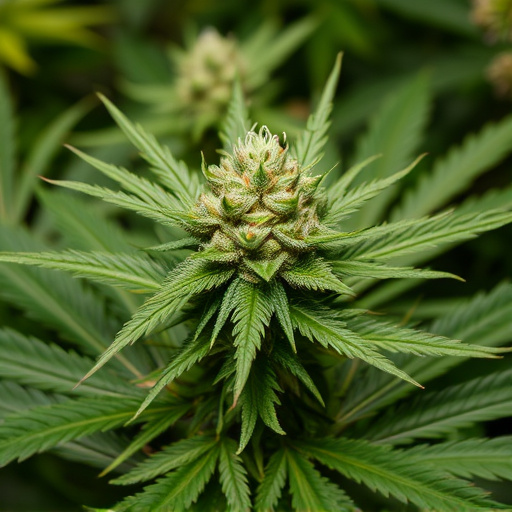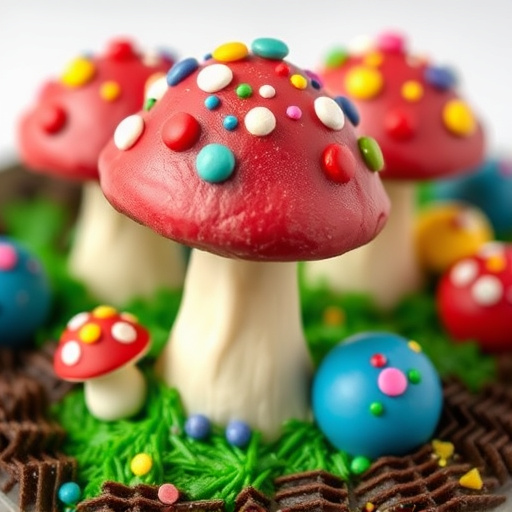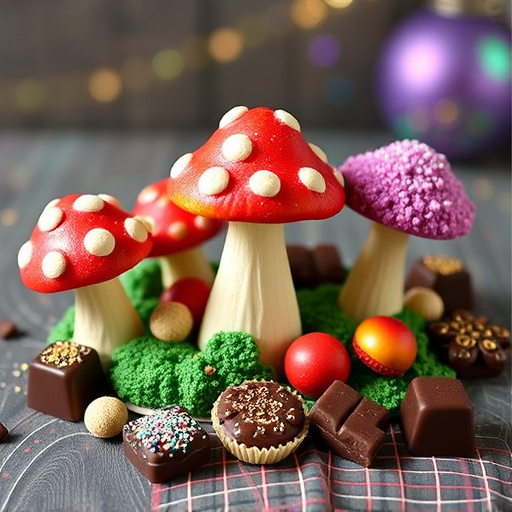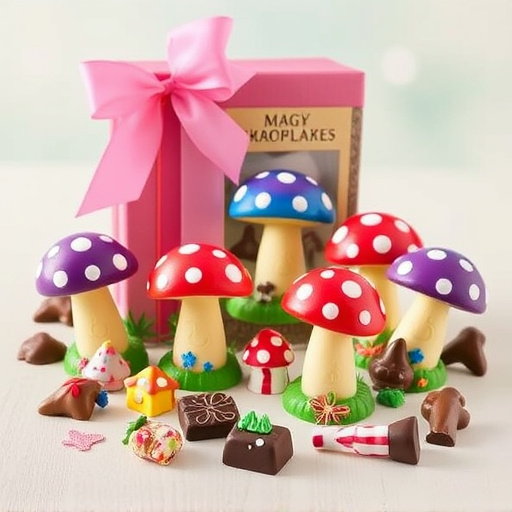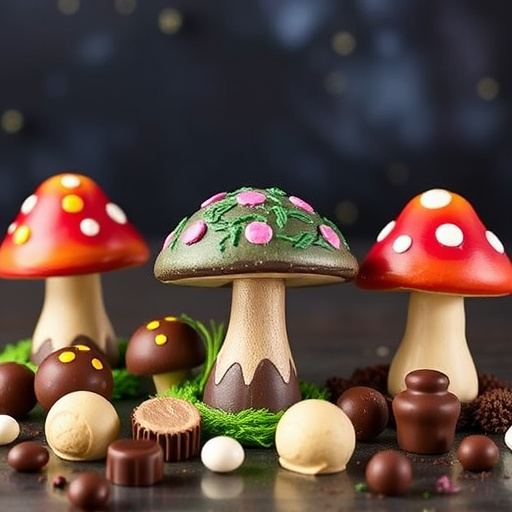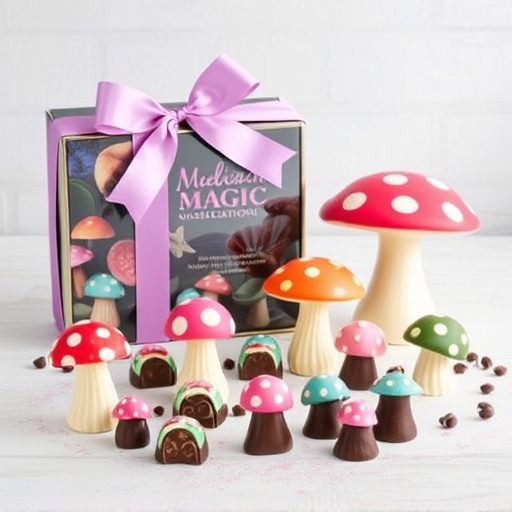Magic mushroom chocolates harness psilocybin and psilocin from mushrooms, which interact with brain serotonin receptors, leading to altered perceptions, enhanced creativity, and profound emotional experiences. With global legal statuses varying widely, research highlights potential therapeutic benefits for depression, anxiety, and PTSD. Chocolate's fat content offers a more controlled dose, mitigating side effects. However, consumers should exercise caution, as excessive doses can lead to unpredictable experiences. Growing scientific evidence supporting safe use under supervision has prompted decriminalization efforts and changing legal landscapes.
“Unveiling the allure of magic mushroom chocolates, this comprehensive guide delves into their intriguing world. We explore the science behind these unique treats, unraveling the chemical composition of psilocybin and its impact on the brain. From global legal considerations to potential benefits and risks, we navigate the landscape of magic mushroom chocolates. Understand the evolving regulatory frameworks and gain insights into their therapeutic applications while staying informed about associated side effects. Discover why knowledge about the Legal Status of Magic Mushroom Chocolates is crucial for consumers.”
- The Science Behind Magic Mushroom Chocolates
- – Chemical composition of psilocybin in chocolate
- – How the body processes psilocybin and its effects on the brain
The Science Behind Magic Mushroom Chocolates

The science behind magic mushroom chocolates involves a combination of psychotropic compounds found in mushrooms, such as psilocybin and psilocin, which are known for their mind-altering effects. These compounds interact with our brain’s serotonin receptors, leading to altered perceptions, enhanced creativity, and profound emotional experiences. In recent years, research into these compounds has grown, uncovering potential therapeutic benefits for conditions like depression, anxiety, and PTSD.
The legal status of magic mushroom chocolates varies globally. While some countries have decriminalized or even legalized psilocybin-containing mushrooms and their derivatives, others maintain strict controls. The changing legal landscape reflects a growing recognition of the potential medical applications of these compounds. As scientific evidence continues to mount, more jurisdictions are considering revising their policies to align with the evolving understanding of magic mushroom chocolates’ effects and therapeutic value.
– Chemical composition of psilocybin in chocolate
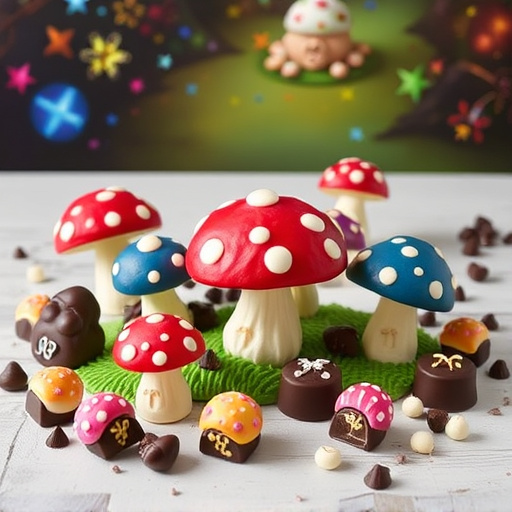
Psilocybin, the active compound found in magic mushrooms, has gained attention for its potent psychological effects. When incorporated into chocolate, this compound is metabolized by the body in a similar manner to when consumed orally, but with a more gradual release due to the fat content of chocolate. The legal status of magic mushroom chocolates varies significantly worldwide; some countries have legalized them for medicinal or recreational use, while others strictly regulate or prohibit them. This disparity is largely driven by public perception and ongoing scientific research into psilocybin’s therapeutic potential.
The chemical composition of psilocybin in chocolate allows for a unique experience compared to traditional mushroom ingestion. Edible forms like chocolate can offer a more controlled dose, making it easier to manage the intensity of the trip. Additionally, chocolate’s delightful taste and texture can mitigate some of the unpleasant sensations associated with psilocybin consumption. However, consumers should always exercise caution, as the effects can still be powerful and unpredictable, especially in doses above recommended levels.
– How the body processes psilocybin and its effects on the brain
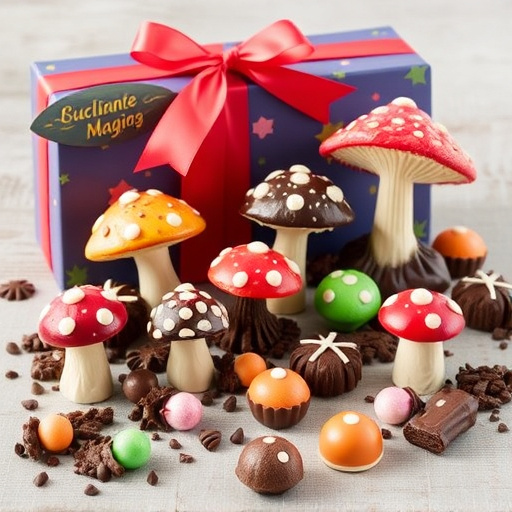
Psilocybin, the active compound found in magic mushroom chocolates, is a powerful psychedelic that has gained significant interest for its potential therapeutic effects. When consumed, psilocybin is metabolized by the body into psilocin, which interacts with serotonin receptors in the brain. This interaction leads to altered perceptions and can result in a range of experiences, from visual hallucinations to profound spiritual insights. The effects often include enhanced creativity, emotional processing, and self-reflection, making it a potential tool for mental health treatment.
The Legal Status of Magic Mushroom Chocolates varies globally. In many countries, psilocybin is classified as a controlled substance due to its psychedelic properties, limiting its accessibility for recreational use. However, a growing body of research suggests that regulated and controlled administration of psilocybin in clinical settings can be safe and effective for treating conditions like depression, anxiety, and post-traumatic stress disorder (PTSD). This shift in perspective has led to decriminalization efforts and changing legal landscapes, allowing for further exploration of the benefits of magic mushroom chocolates under supervised medical guidance.
As we’ve explored, magic mushroom chocolates combine the intriguing chemical composition of psilocybin with the allure of delicious chocolate. Understanding the science behind their effects and navigating the legal status of these products—which varies widely depending on your location—is crucial for informed consumption. While research into their therapeutic potential continues to evolve, it’s essential to remember that psilocybin remains a powerful substance. Always prioritize safety, seek legal counsel, and approach magic mushroom chocolates with respect and responsibility.
